Lithium-ion batteries are the silent workhorses of our daily lives, from smartphones to kids' remote-control cars.
This widespread use leads many to ask if lithium-ion batteries are safe.
The answer is yes when they are manufactured to high standards and handled correctly.
At EBL, with over two decades of experience, we'll show you the science behind lithium-ion battery safety, clarify potential risks associated with lithium-ion batteries, and provide you with the knowledge to power your devices with complete confidence.
Table of Contents:
- What Causes a Lithium-Ion Battery Fire or Explosion?
- How EBL Engineers Safety Into Every Battery
- Your Actionable Safety Checklist: Best Practices for Daily Use
- Beyond the Battery: Why Your Charger is Your Most Important Safety Tool
- The Bottom Line
- FAQ
What Causes a Lithium-Ion Battery Fire or Explosion?
You’ve probably seen news stories that make you question the safety of the batteries in your devices. These incidents, though rare for certified batteries, almost always trace back to a single scientific concept.
What is Thermal Runaway?
At the heart of nearly every lithium-ion battery fire is a process called thermal runaway.
It's like a chain reaction of falling dominoes.
When one part of the battery cell gets too hot from a short circuit or damage, it triggers a chemical reaction that creates even more heat.
This heat spreads to the rest of the battery, causing a rapid, unstoppable temperature spike that can lead to a Li-ion battery explosion or fire.
Signs of Trouble: Swelling and Leaks
The most common sign of lithium-ion battery dangers is swelling. If your device's case is bulging or the battery itself looks puffy, it’s a sign that gases are building up inside. This is an internal failure, and the battery should be replaced immediately.
A lithium-ion battery leak is another red flag. You might notice a sharp, metallic smell or see crystallized residue around the battery terminals.
Other Causes Behind Battery Failure
The causes usually come down to one of three things:
1. Manufacturing Defects: Low-quality materials and poor assembly in cheap, uncertified batteries create a high risk of internal short circuits.
2. Physical Damage: Dropping, puncturing, or crushing a battery can damage the delicate separator between the positive and negative sides, causing an instant short.
3. Improper Use: Consistently overcharging a battery with a cheap, "dumb" charger can stress its chemistry, leading to failure over time.
How EBL Engineers Safety Into Every Battery
At EBL, we build multiple layers of protection into every battery to prevent the very lithium-ion battery dangers you've heard about before they can ever start.
Quality Materials Matter
A battery's safety profile begins with its internal components.
We use high-purity active materials for both the positive (cathode) and negative (anode) electrodes to ensure stable performance.
Between them is a special composite film called the separator. Think of it as a microscopic gatekeeper that allows energy to flow but physically prevents the positive and negative sides from touching, which would cause a short circuit. Using a robust, high-quality separator is a non-negotiable part of our design.
Shop Certified-Safe EBL Batteries
UL Certification
You see labels like "UL Certified" on electronics all the time, but what does it mean for your battery?
It means the battery has survived a series of grueling tests designed to simulate real-world accidents.
To earn our certifications, we subject our batteries to punishing conditions, including tests for external short circuits, impact, crushing, and extreme heating.
When you buy an EBL product, its certification is our guarantee that it’s built to withstand the unexpected.
Built-in Failsafes
Every EBL cylindrical battery includes a safety vent, a small, precisely engineered component designed to release any excess pressure that might build up inside.
This prevents the battery from rupturing in an extreme overcharge or short-circuit scenario, allowing it to fail safely rather than violently. It’s one of the small, invisible features that make a huge difference in Li-ion battery safety.
Our engineering provides a powerful foundation for lithium-ion battery safety, but that foundation works best when paired with smart habits from you, the user.
Your Actionable Safety Checklist: Best Practices for Daily Use
Following a few simple rules will not only keep you safe but also dramatically extend the life of your batteries, giving you more charge cycles and better performance.
The Golden Rules of Charging
These are the fundamental habits for battery health.
- Use the Right Gear: Never try to charge a 1.2V NiMH battery in a charger designed only for 3.7V Li-ion, or vice versa. Always use a charger that is compatible with your battery's chemistry.
- Charge on Safe Surfaces: Avoid charging batteries on your bed, sofa, or any flammable surface. A clear countertop or desk is the best spot.
- Mind the Temperature: Extreme heat is the enemy. Charging in a hot car or direct sunlight can degrade battery materials and shorten its lifespan significantly.
Proper Storage for a Longer, Safer Life
When your batteries aren't in use, where you keep them matters.
- Stay Cool and Dry: Store batteries in a cool, dry place away from direct sunlight. For long-term storage, keeping the remaining charge at around 40% is ideal to preserve their health.
- Prevent Accidental Contact: Don't let loose batteries jumble together in a drawer where their metal ends can touch. This can cause a short circuit. Use plastic battery cases to keep them safe.
Handling Lithium-Ion Batteries in Water
Accidents happen.
The issue of lithium-ion batteries and water is serious.
A battery that has been submerged is a lithium-ion battery not safe for use, even if it looks dry, as internal corrosion can cause a delayed short circuit.
How to Dispose of Old Batteries
Never throw any battery, especially lithium-ion, in your regular household trash.
They can cause fires in recycling trucks and facilities.
Instead, take them to a designated battery recycling center. Organizations like Call2Recycle offer free drop-off locations across the country.
Beyond the Battery: Why Your Charger is Your Most Important Safety Tool
You can have the best-made battery in the world, but its safety and lifespan are only as good as the device you use to charge it.
Your charger is the gatekeeper, managing the powerful flow of energy into each cell.
Using the wrong one is one of the biggest, yet most avoidable, lithium-ion battery risks.
The Hidden Danger of "Dumb" Chargers
A basic, low-cost charger often acts as a "dumb" power supply. It sends a continuous stream of electricity without any intelligence.
The primary danger here is overcharging.
This type of charger doesn't know when the battery is full, so it keeps forcing energy into it.
This constant stress can cause the battery to overheat, build up internal pressure, and drastically increase the chances of failure.
How a Smart Charger Acts as Your Safety Guardian
A smart charger, by contrast, is your safety guardian. It uses a microprocessor to constantly monitor the charging process. This is where EBL's PROCYCO technology shines, incorporating several key protective features:
- Overcharge Protection: The instant your battery reaches full capacity, a smart charger stops the current. This is the single most effective way to prevent charging-related damage.
- Temperature Monitoring: EBL smart chargers can detect if a battery is getting too hot during charging and will cut power to prevent overheating.
- Short-Circuit and Reverse-Polarity Protection: If you accidentally insert a battery backward or use a damaged cell, the charger will detect the error and refuse to send power, preventing a dangerous situation.
By pairing a high-quality EBL battery with an intelligent EBL charger, you create a complete, closed-loop safety system, ensuring peace of mind every time you power up.
The Bottom Line
Ultimately, lithium-ion battery safety is not a matter of luck. It begins with a manufacturer's commitment to quality engineering and rigorous testing, and it continues with a user's commitment to smart, responsible habits.
When you choose a well-made, certified battery and pair it with an intelligent charger, you can power your life with complete confidence.
FAQ
Are lithium-ion batteries safer than lead-acid?
Lithium-ion batteries are generally safer in daily handling as they are sealed systems, which eliminates the risk of corrosive acid spills and flammable gas emissions common with traditional lead-acid batteries. Both battery types are safe when used as intended, but they have different risk profiles to manage.
Are lithium-ion batteries safer than Lipo?
Both are based on similar chemistry, but standard cylindrical lithium-ion batteries are housed in durable steel cases, making them more resistant to puncture and physical damage than Lipo (Lithium-polymer) batteries, which use a soft pouch.
Are lithium-ion batteries safe for boats?
Yes, lithium-ion batteries are widely considered safe and effective for marine use, offering significant weight savings and longer life than traditional batteries. For use on boats, a proper installation that protects the battery from water and physical impact is necessary for safe operation.
Are lithium-ion batteries safe on planes?
Yes, they are safe for air travel provided they meet strict regulations and have passed UN38.3 transportation safety testing. This is why airlines have specific rules requiring passengers to carry most spare lithium-ion batteries in their carry-on luggage rather than in checked bags.
Are lithium-ion batteries safe in cars?
Yes, the battery packs in electric cars are engineered with advanced safety and cooling systems to be safe. However, portable lithium-ion batteries should never be left in a hot vehicle, as the high temperatures can accelerate chemical reactions and increase the risk of fire.
Are lithium-ion batteries safe for the environment?
Compared to their single-use counterparts, rechargeable lithium-ion batteries are a much safer choice for the environment, as their reusability drastically reduces waste. Furthermore, they are considered a form of green energy as they do not contain toxic heavy metals like lead or cadmium.


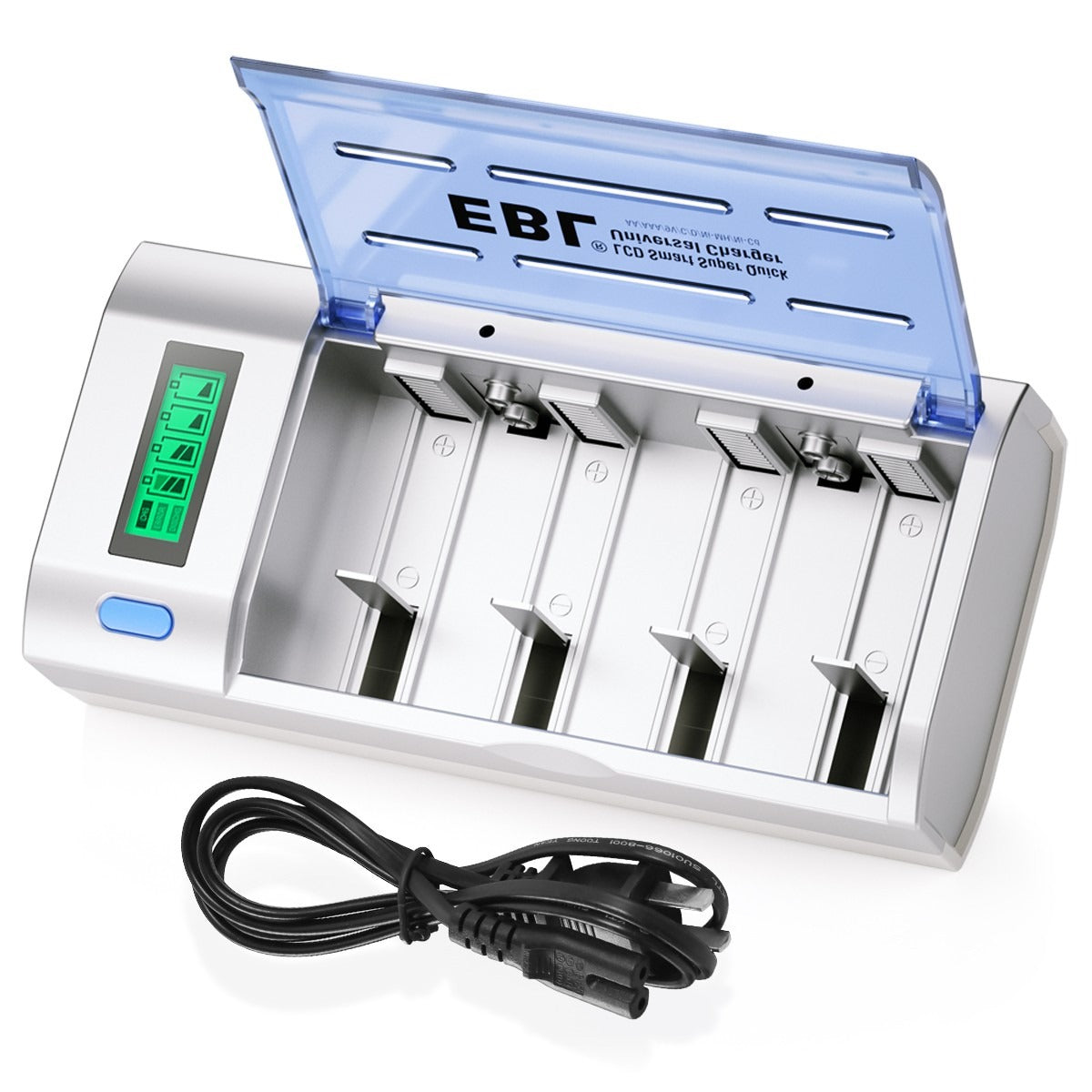
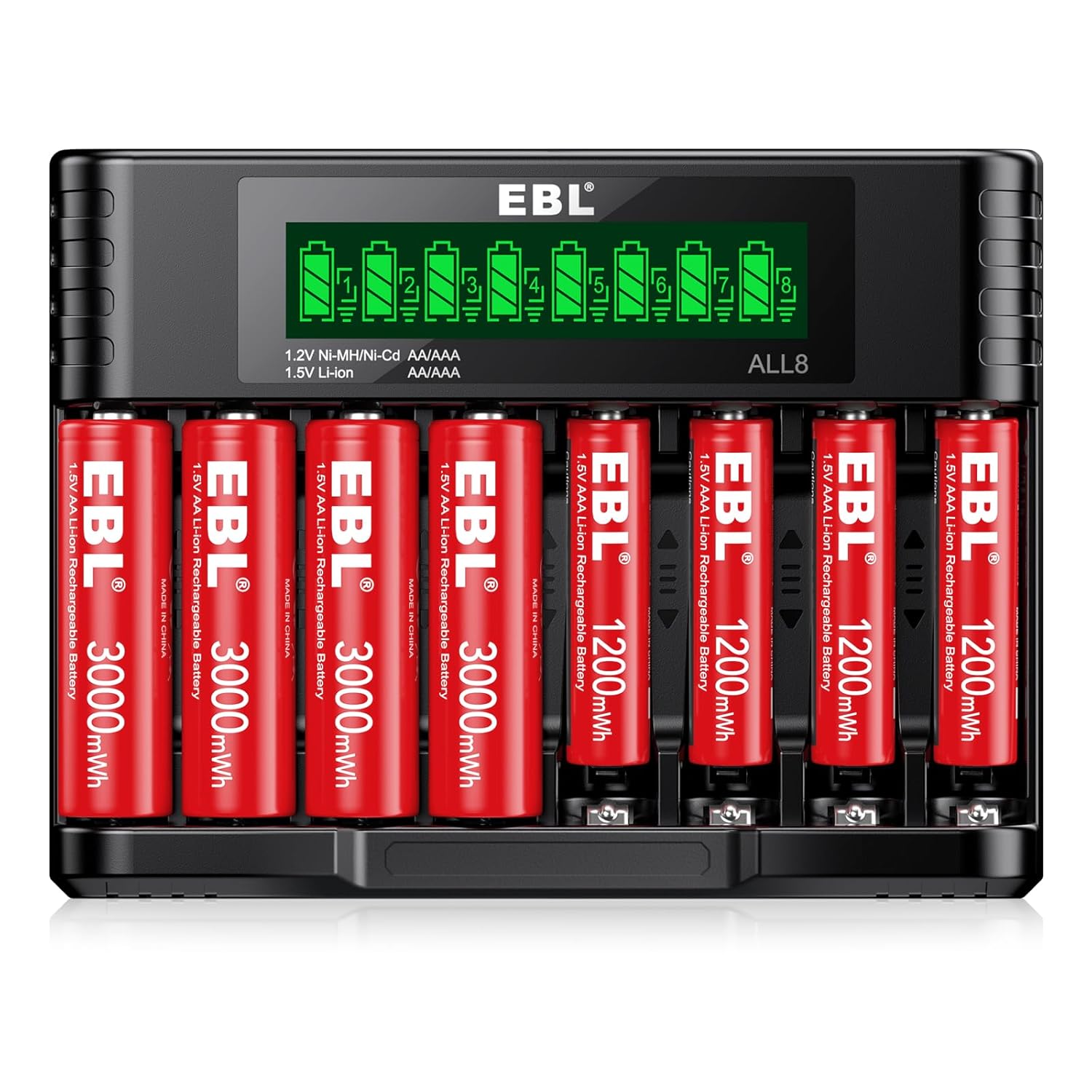

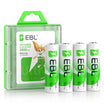
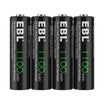
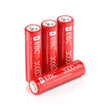

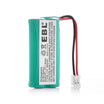
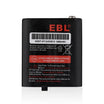
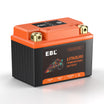
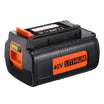
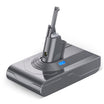
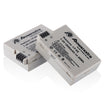
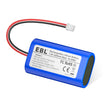
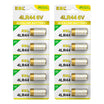
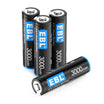
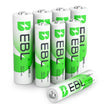


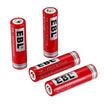

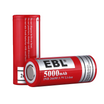

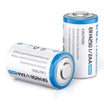
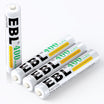
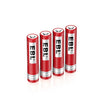


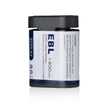
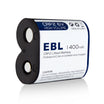
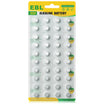
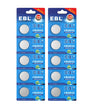
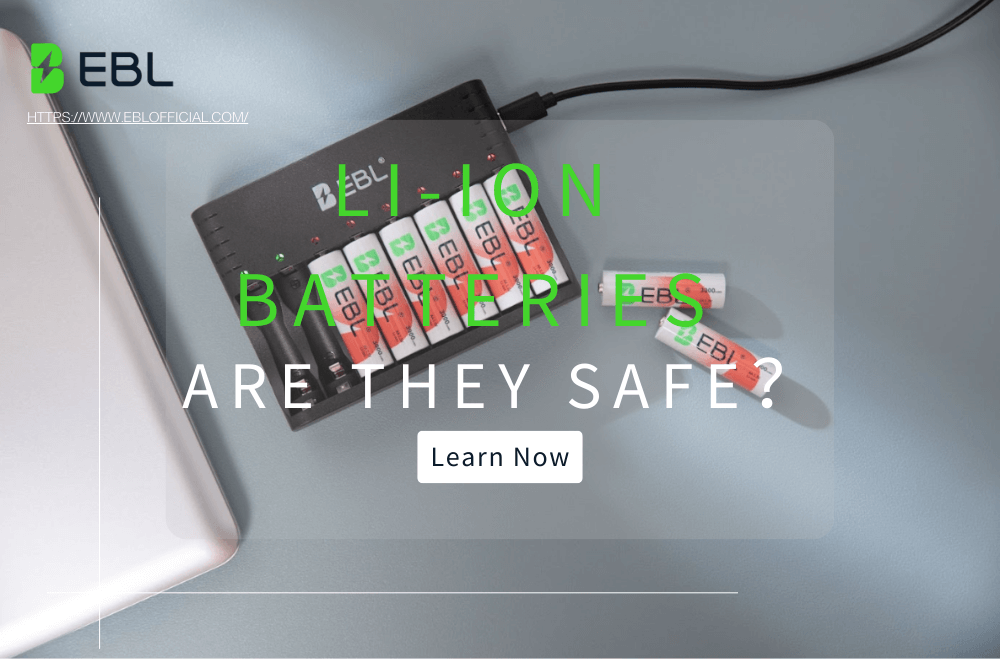



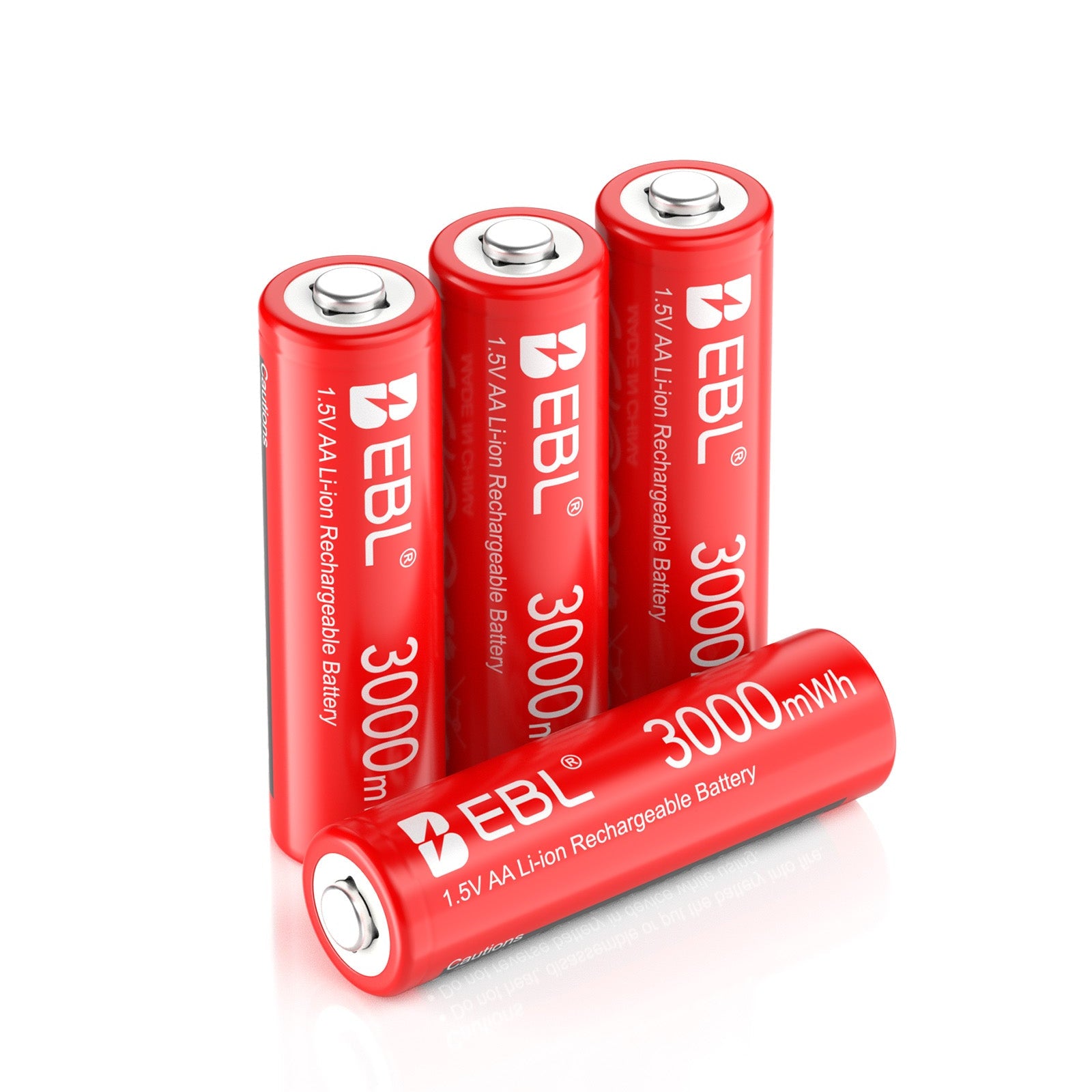
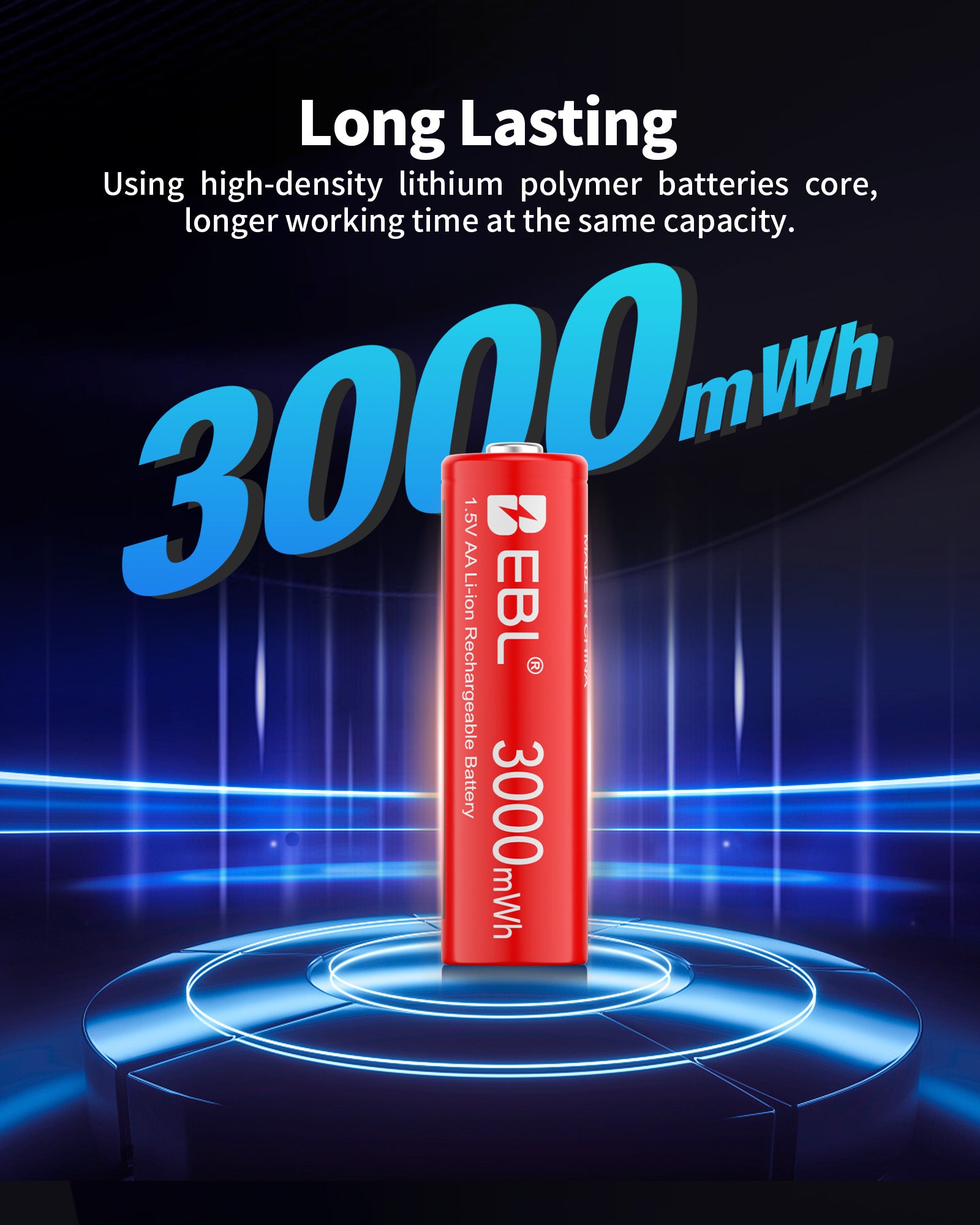

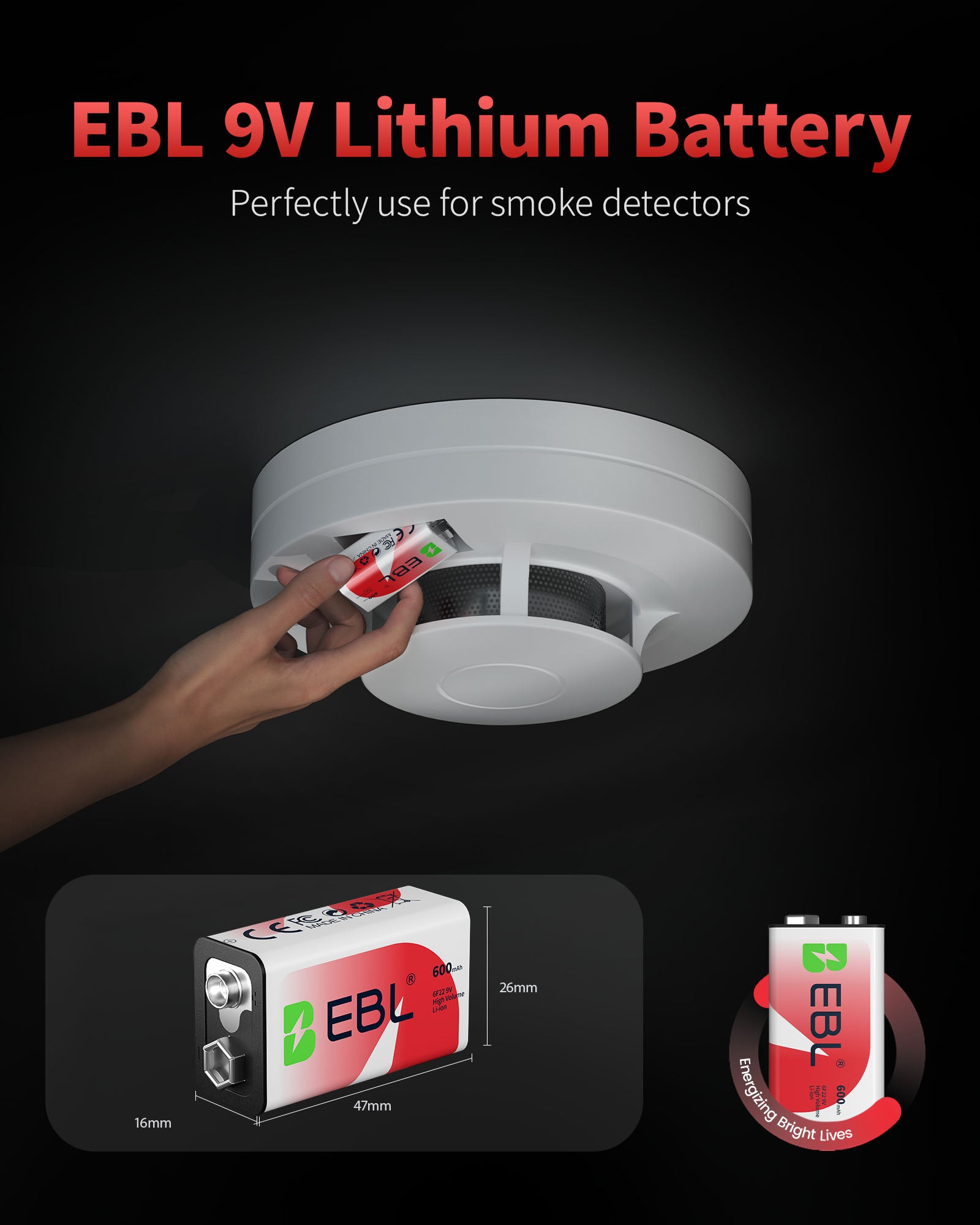
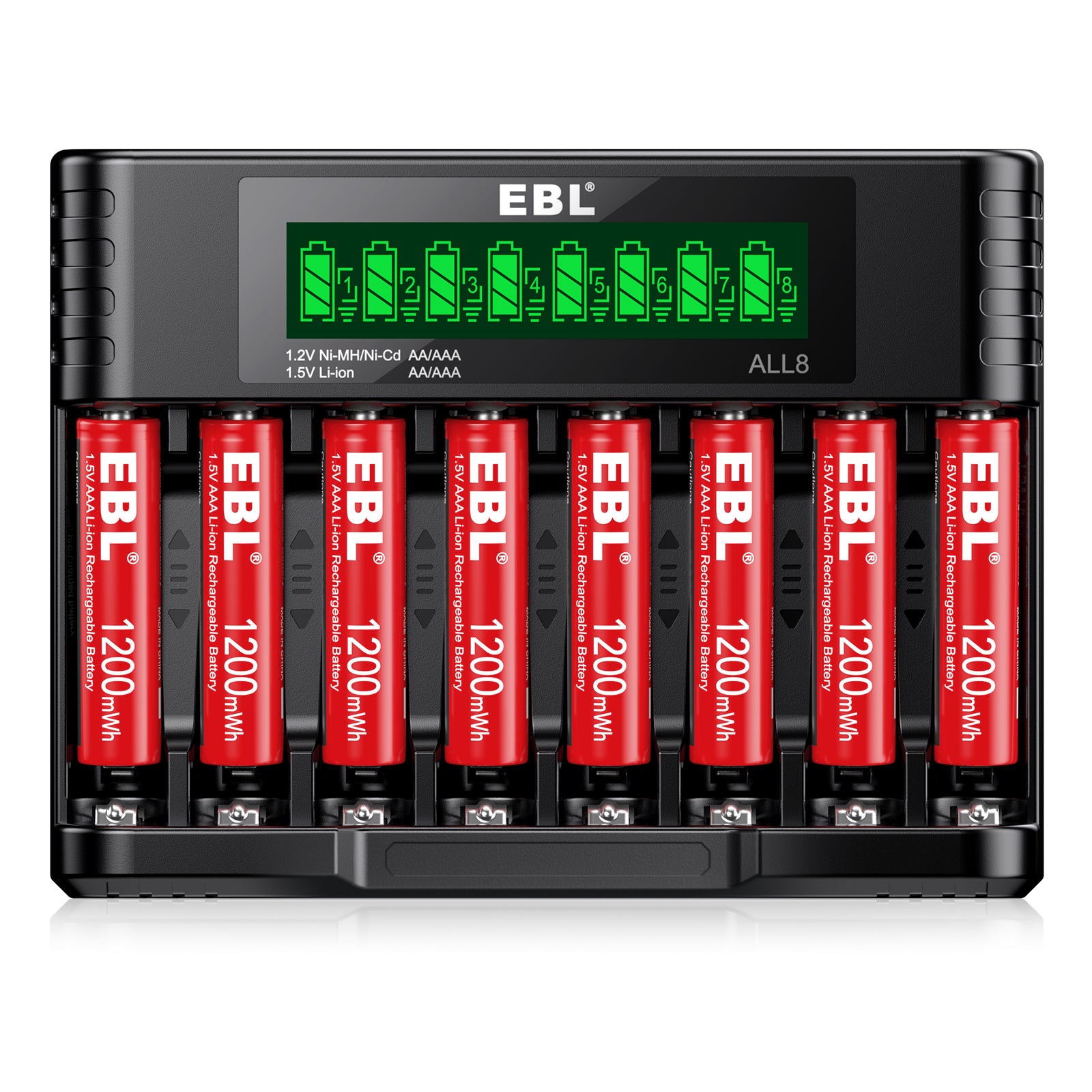
Leave a comment
All comments are moderated before being published.
This site is protected by hCaptcha and the hCaptcha Privacy Policy and Terms of Service apply.